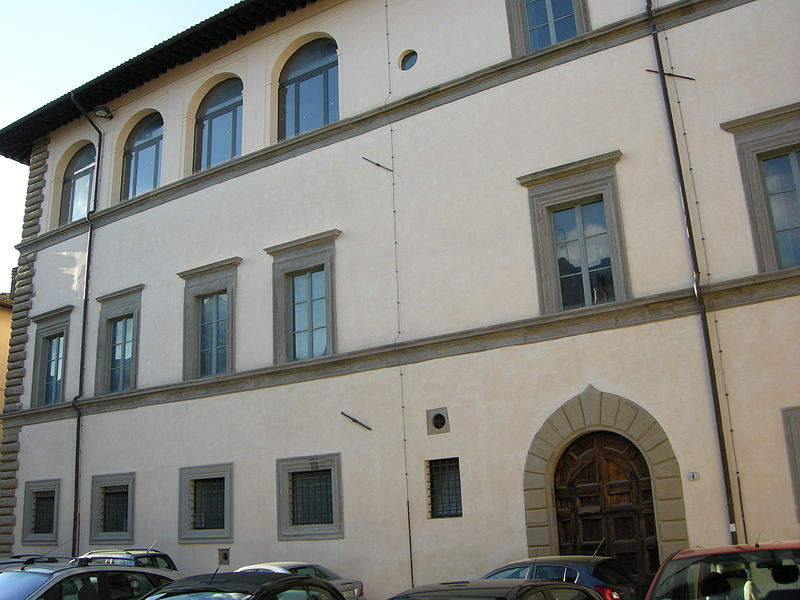This journey will take you on a discovery tour of the treasures of important Umbrian families who left their marks on the history and culture of the cities they dominated. The Vitelli family of Città di Castello were one of the few ruling families in Umbria and between the 15th and 16th centuries their men went down in history as condottieri and merchant soldiers, like Vitello Vitelli, who first went to battle for the Venetians and then for the popes.
As you tour the city you'll see clear signs of the art they supported and promoted, still evident in several of the old homes of the city: four residences, one in each district, to control the city from every area. Starting from Piazza Matteotti, the historic heart of town, to the east you'll see what is known as Palazzo Vitelli in piazza, a building that was left unfinished, and, just further on, Palazzo Vitelli a San Giacomo, dating to the early 1500s.
Because of their close ties to the Tuscan ruling courts, their intention was to turn their city into a veritable Renaissance court and they hired some of the most famous Florentine architects of the time to accomplish this. They had two elegant residences built: the grand Palazzo Vitelli alla Cannoniera in the south-western part of the city, the Rione San Florido. The façade was made using a design by Giorgio Vasari, who worked at court together with other important artists of the times like Pontormo and Doceno. Today it is home to the city's Picture Gallery, which, in keeping with the historical artistic vocation, houses the second most important collection in all of Umbria, featuring works by such artists as Luca Signorelli and an early Raphael, who in those days was in the employ of the Vitellis.
In the eponymous district in the eastern part of the city is the Palazzo Vitelli a Porta S. Egidio. This was the last and grandest of the four residences, with a lovely Italianate garden enclosed on several sides by the old city walls. Walk along them to get to the entrance of the building, built into the small medieval tower. The frescoes inside tell the history of the family, an attempt on their part to ensure their fame over time so that "the memory of their name and importance should not be lost." It worked.





























